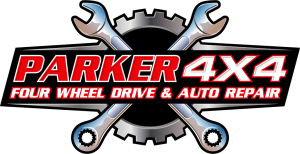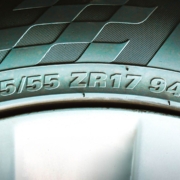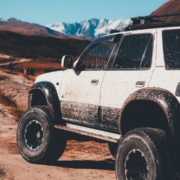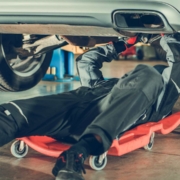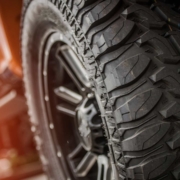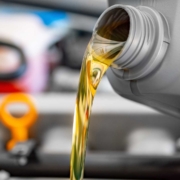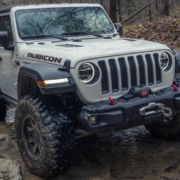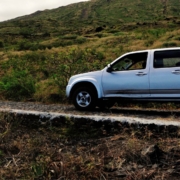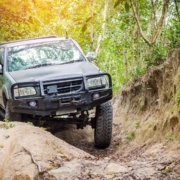Everything You Need to Know About Tire Sidewalls and Choosing the Right Tires
Introduction to Tires
Understanding the language of tire sidewalls is akin to holding a key to vehicle safety and performance. Tires are the only point of contact your vehicle has with the road, making their role crucial in ensuring a safe and comfortable driving experience. This guide aims to demystify the markings on tire sidewalls and help you choose the right tires for your vehicle, whether you’re cruising city streets or navigating rugged terrains.
Decoding Tire Sidewall Information
Let’s break down the hieroglyphics found on the side of your tires:
Tire Size and Type: You’ll notice something like “P215/65R15” on your tire. Here, ‘P’ stands for passenger tire. ‘215’ is the tire’s width in millimeters. ’65’ is the aspect ratio, a percentage representing the height of the sidewall relative to the width. ‘R’ indicates a radial construction, and ’15’ is the diameter of the wheel in inches that the tire is meant to fit.
Speed Rating and Load Index: Speed rating, represented by a letter, indicates the maximum speed a tire can safely maintain over time. For example, ‘T’ represents up to 118 mph. The load index, a numerical value, denotes the maximum weight the tire can support when properly inflated. For instance, a load index of ’95’ can support up to 1,521 pounds.
Additional Markings:
- UTQG: The Uniform Tire Quality Grading, a system developed by the Department of Transportation, rates a tire’s tread life, traction, and temperature resistance.
- Manufacturing Date: Represented by four digits, showing the week and year of manufacture (e.g., 2219 means the 22nd week of 2019).
- Tire Pressure Recommendations: Indicate the optimal pressure for your tire to ensure safety and efficiency.
How to Choose the Right Tire for Your Vehicle
Selecting the ideal tire involves considering several factors:
Vehicle Type and Usage: Your vehicle’s make and model heavily influence tire choice. A compact car may require a different tire type compared to an SUV or a 4×4. Consider your vehicle’s specifications and driving purposes – daily commuting, off-roading, or hauling heavy loads.
Driving Conditions and Tire Types: Tires are designed to suit specific conditions:
- All-Season Tires: Ideal for a wide range of conditions, offering a balance between wet and dry performance and snow traction.
- Winter Tires: Specifically designed for cold weather and snow, providing improved traction and handling in winter conditions.
- Off-Road Tires: Perfect for off-road enthusiasts, these tires have deeper treads for better grip on rugged terrains.
Personal Preferences and Budget: Comfort, noise levels, fuel efficiency, and cost are crucial. Prioritize what matters most to you and find a tire that fits within your budget without compromising safety.
Maintenance Tips
Proper maintenance is key to extending the life of your tires and ensuring safety:
Regular Inspections: Check for tread depth, uneven wear patterns, and any visible damages like cuts or bulges.
Proper Inflation: Maintain the tire pressure as recommended. Under-inflated or over-inflated tires can lead to poor handling, increased wear, and potential tire failure.
Rotation, Alignment, and Balancing: Regular tire rotations prevent uneven wear. Alignment and balancing are crucial for prolonging tire life and ensuring a smooth ride.
Conclusion
Tires are a fundamental aspect of your vehicle’s overall health and performance. Understanding tire sidewalls and making informed choices about tire purchases are vital parts of vehicle maintenance and safety. Remember, the right tire not only offers peace of mind but also enhances your driving experience, fuel efficiency, and vehicle performance.
Ready to equip your vehicle with the best tires for your driving needs? Trust Parker 4×4 for your next tire purchase. Our team of experts can guide you through selecting the perfect tires, ensuring they match your vehicle type, driving style, and Colorado’s diverse driving conditions. Plus, we offer top-notch tire services, from installation to maintenance. Visit Parker 4×4 today and drive away with confidence and the assurance of safety and quality. Contact us to learn more or to schedule your tire service. Your journey to optimal vehicle performance begins with the right set of tires!
